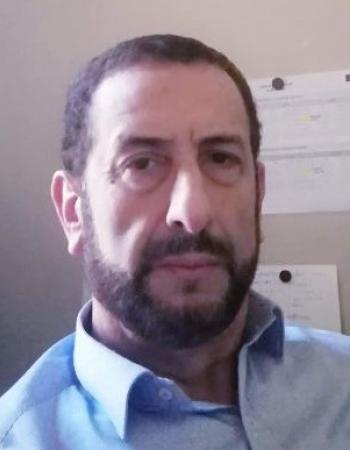Multiobjective trajectory optimization algorithms for solving multi‑UAV‑assisted mobile edge computing problem
The Internet of Things (IoT) devices are not able to execute resource-intensive tasks due to their limited storage and computing power. Therefore, Mobile edge computing (MEC) technology has recently been utilized to pro‑ vide computing and storage capabilities to those devices, enabling them to execute these tasks with less energy consumption and low latency. However, the edge servers in the MEC network are located at fxed positions, which makes them unable to be adjusted according to the requirements of end users. As a result, unmanned aerial vehicles (UAVs) have recently been used to carry the load of these edge servers, making them mobile and capable of meeting the desired requirements for IoT devices. However, the trajectories of the UAVs need to be accurately planned in order to minimize energy consumption for both the IoT devices during data transmission and the UAVs during hovering time and mobility between halting points (HPs). The trajectory planning problem is a complicated optimization prob‑ lem because it involves several factors that need to be taken into consideration. This problem is considered a multi‑ objective optimization problem since it requires simultaneous optimization of both the energy consumption of UAVs and that of IoT devices. However, existing algorithms in the literature for this problem have been based on converting it into a single objective, which may give preference to some objectives over others. Therefore, in this study, several multiobjective trajectory planning algorithms (MTPAs) based on various metaheuristic algorithms with variable population size and the Pareto optimality theory are presented. These algorithms aim to optimize both objectives simultaneously. Additionally, a novel mechanism called the cyclic selection mechanism (CSM) is proposed to manage the population size accurately, optimizing the number of HPs and the maximum function evaluations. Furthermore, the HPs estimated by each MTPA are associated with multiple UAVs using the k-means clustering algorithm. Then, a low-complexity greedy mechanism is used to generate the order of HPs assigned to each UAV, determining its trajectory. Several experiments are conducted to assess the efectiveness of the MTPAs with variable population size and cyclic selection mechanisms. The experimental fndings demonstrate that the MTPAs with the cyclic selection mechanism outperform all competing algorithms, achieving better outcomes

This study presents a novel generalized nonlocal thermoelastic
model for porous materials with voids, addressing key limitations
in traditional thermoelasticity frameworks. The…

The Internet of Things (IoT) devices are not able to execute resource-intensive tasks due to their limited storage and computing power.

When designing mechanical equipment, it’s important to consider the photothermal impacts in addition to mechanical ones. This is because photothermal effects can have a significant influence on…

